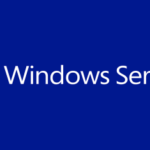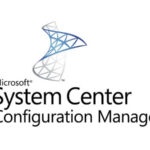Smoothly Upgrading from Ubuntu 18 to Ubuntu 20.
Are you using Ubuntu 18 and considering upgrading to the latest Ubuntu 20? Look no further! In this guide, we will walk you through a hassle-free upgrade process, ensuring a smooth transition to the new version.
- Backup Your Data: Before proceeding with any major system changes, it’s crucial to back up your important files and data. This precautionary step will provide a safety net in case anything goes wrong during the upgrade process.
- Update Current System: Start by ensuring that your current Ubuntu 18 system is up to date. Open the terminal and run the following commands:
sudo apt update
sudo apt upgrade
sudo apt dist-upgradeThis will update all installed packages, including any available bug fixes and security patches.
3. Update Software Sources: To upgrade to Ubuntu 20, you need to modify your software sources. Open the “Software & Updates” application and navigate to the “Updates” tab. Under the “Notify me of a new Ubuntu version” section, select “For any new version.” This change will allow the system to prompt you for the upgrade.
4. Start the Upgrade: Open the terminal again and run the following command:
sudo do-release-upgrade5. This command will initiate the upgrade process. Follow the on-screen instructions carefully, as you may be prompted to make decisions regarding package dependencies or configuration file changes.
6. Monitor the Upgrade: The upgrade process may take some time, depending on your system and internet speed. While it progresses, make sure to monitor the process closely for any error messages or warnings. Stay connected to a stable power source to avoid interruptions.
7. Post-Upgrade Tasks: Once the upgrade is complete, reboot your system. After logging back in, you may need to reinstall any third-party software or drivers that were not carried over during the upgrade. Additionally, you might want to customize your new Ubuntu 20 installation to match your preferences.
축하해요! You have successfully upgraded your Ubuntu system from version 18 to 20. Enjoy the new features, improved performance, and enhanced security that Ubuntu 20 brings to the table.
Remember, while upgrading Ubuntu is generally a smooth process, it’s always recommended to have a backup of your data and to proceed with caution. If you encounter any issues during the upgrade, consult the Ubuntu community forums or seek assistance from experienced users.
Upgrading your Ubuntu system ensures that you have access to the latest software updates and security patches, keeping your system optimized and protected. Don’t miss out on the benefits of Ubuntu 20—upgrade today!






















